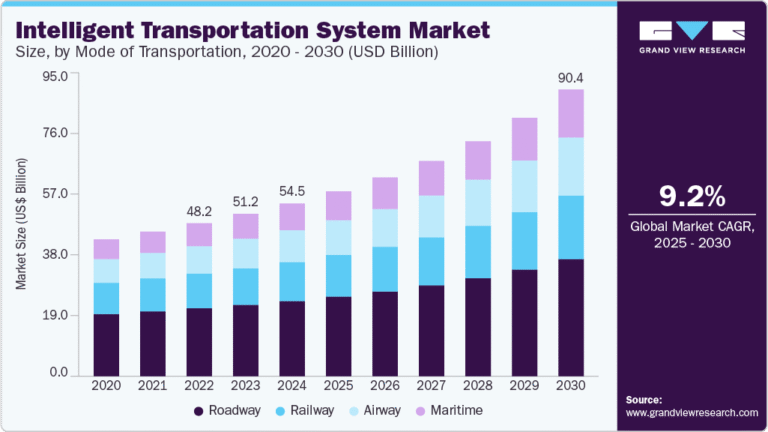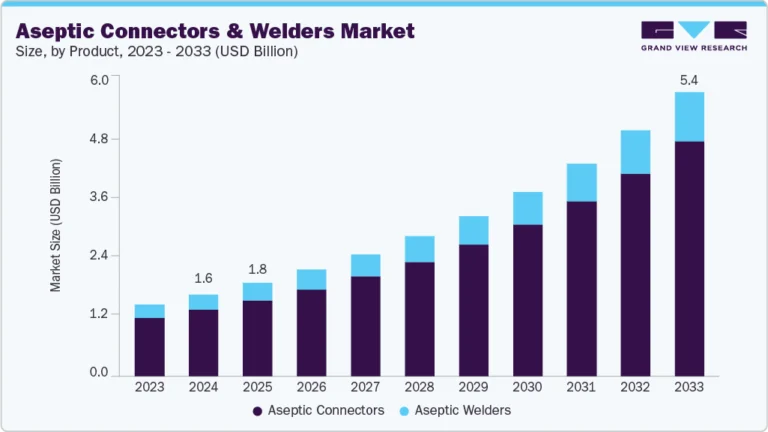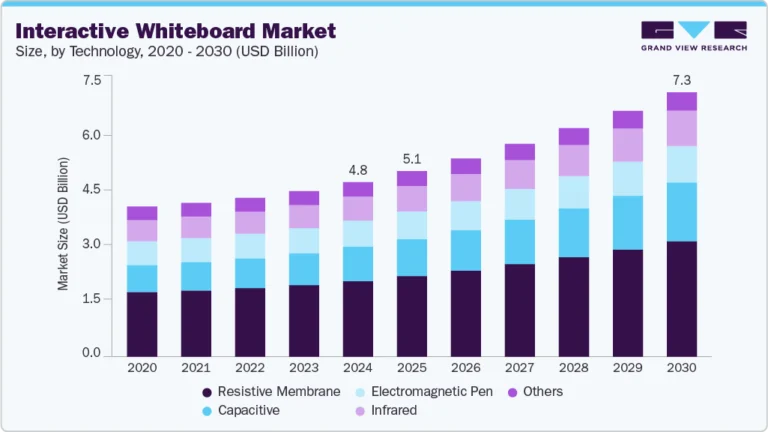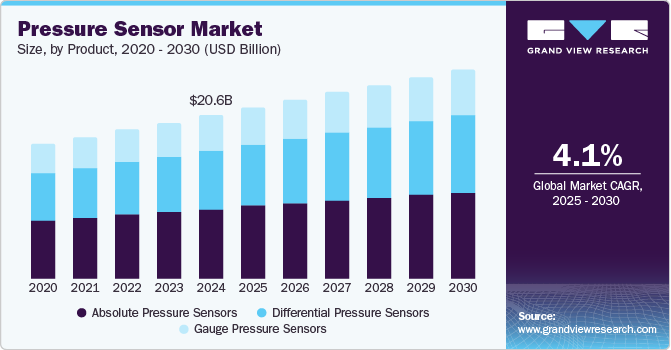Satellite Internet Market Size, Share & Trends Analysis growing at a CAGR of 13.9% from 2025 to 2030
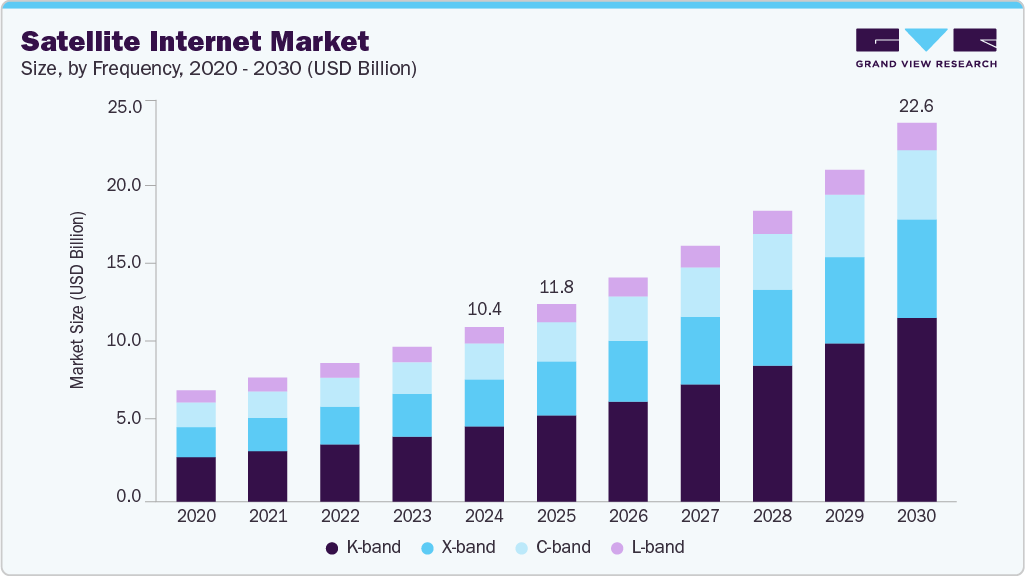
The global satellite internet market size is estimated at USD 10.4 billion in 2024 and is projected to reach USD 22.6 billion by 2030, growing at a CAGR of 13.9% from 2025 to 2030. Satellite communication provides a land-based interface with voice, video, and information that can be accessed anywhere on the planet.
Key Market Trends & Insights
- North America dominated the satellite internet market with the largest market revenue share of 32.0% in 2024.
- The satellite internet market in the U.S. held a dominant position in 2024.
- By frequency band, the K-band segment led the market with the largest revenue share of 42.9% in 2024.
- By industry, the government and public segment accounted for the largest market revenue share in 2024.
Market Size & Forecast
- 2024 Market Size: USD 10.4 Billion
- 2030 Projected Market Size: USD 22.6 Billion
- CAGR (2025-2030): 13.9%
- North America: Largest market in 2024
Request a free sample copy or view report summary: https://www.grandviewresearch.com/industry-analysis/satellite-internet-market-report/request/rs1
The satellite internet industry is gaining momentum, driven by expanding rural connectivity needs, surging demand for high-speed broadband in remote areas, and the growing reliance on digital services across industries. Governments and private players are increasingly investing in low Earth orbit (LEO) satellite constellations to bridge the digital divide and support nationwide broadband coverage. However, challenges such as high initial deployment costs, signal latency, and spectrum management persist. The integration of advanced technologies like beamforming, AI-based traffic management, and hybrid satellite-terrestrial networks presents a major growth opportunity for the market.
One of the primary advantages of satellite internet for businesses is its ability to deliver high-speed connectivity, measured in multiple megabits per second, even in remote or geographically challenging regions such as oceans, deserts, and mountainous areas. This capability is particularly valuable for establishing secure and private links across widely dispersed locations where traditional broadband infrastructure is unavailable.
The lack of viable broadband alternatives in rural and underserved areas has significantly contributed to the growing demand for satellite internet services. Moreover, the technology’s ability to offer reliable speed and data performance further enhances its appeal. Emerging economies such as India, Vietnam, and Malaysia are increasingly adopting satellite internet solutions to address connectivity gaps, which is expected to drive substantial market growth.


